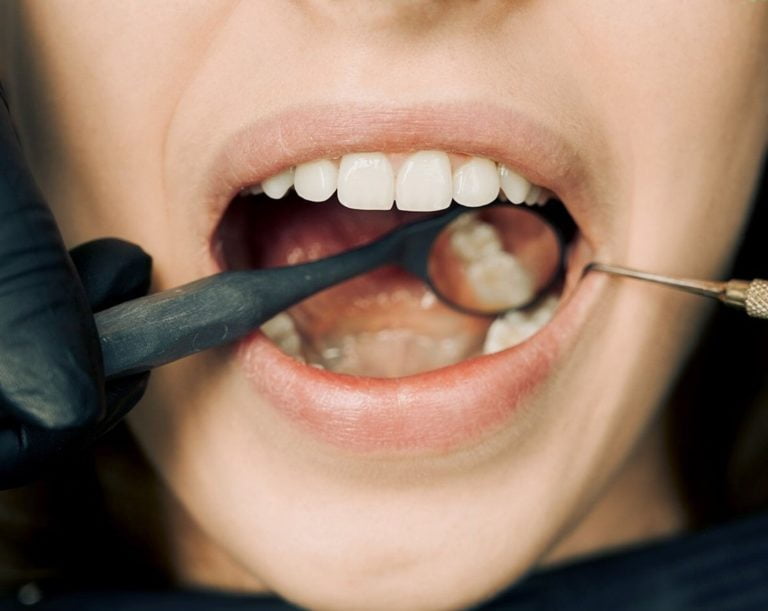The tooth filling is used to repair defects and restore their normal shape. The selection of
dental filling material depends upon the size and location of the tooth defect, durability,
patient preference, allergy to the filling material, and cost of the dental filling. Functional
habits such as night grinding also affect the durability of the filling material. The ideal filling
material has strength, is fracture-resistant, durable, and compatible with surrounding tooth
color.
IS TOOTH FILLING GOOD?
•A tooth filling is the best option to restore minor tooth defects such as superficial
tooth cavities, and chipped teeth due to trauma or accident. A dental filling can
restore the tooth structure and confined the cavity size and prevent further tooth
damage.
•Dental filling reduces pain and sensitivity by sealing the deep dental cavity. A deep
cavity can expose dental nerves that cause pain when in contact with hot and cold
foods and drinks, dental filling seals these nerves and controls pain and sensitivity.
•Dental filling also helps in cavity prevention such as GIC filling material can release
fluoride that controls the cavity and remineralized the lost part of the tooth,
Commonly used in children or in those individuals who are more prone to cavities.
•Dental filling also fills aesthetic defects, especially in the front teeth. Some dental
filling materials have the same property as natural teeth such as composite fillings
are the same tooth color, strength, and durability as natural teeth, and no excessive
tooth removal is required for its placement.
•A dental filling strengthens the fractured tooth. Fine lines are developed on the
tooth due to an accident, physical activity, or hard biting, a dental filling can restore
the damaged tooth and provide it strength.
•Dental filling is a simple dental procedure that can perform in a single sitting. For the
dental filling, the dentist removes the infected tooth part in case of a dental cavity,
prepares the tooth, and placed the dental filling to seal the tooth defect.
HOW MUCH DOES A TOOTH FILLING COST?
The cost of the dental filling depends upon the filling materials, location, and size of the cavity or tooth defect. Large cavities and most last teeth are more expensive as compared to small size and front teeth filling.
According to the Australian dental association (ADA) fees survey, the Gold filling is the most expensive around $300 to $1000.Porcelain is a commonly used filling material especially for posterior (back teeth) due to its long durability and cost which is around $145 to $400.Composite is near to similarity with natural teeth so commonly used in front teeth with a cost of around $130 to $300 depending upon the location and size of the need to restore. Amalgam or silver filling cost around $130 to $250, but it is least used for dental filling due to its appearance that is mismatched with the surrounding tooth and little amount of mercury released that affects the lungs according to ADA, the amount of mercury in amalgam released is not harmful.
HOW LONG DOES A TOOTH FILLING LAST?
The duration of the filling material depends upon the type of filling material used for tooth restoration. Gold, silver porcelain or ceramic, composite, and GIC are the types of filling material with different lifespans. The location of the tooth, size of the cavity defect, and daily activity (bruxism)are also factors that influence the durability of the tooth filing.
Gold and porcelain or ceramic filling materials are more durable dental filling materials it can remain for 10 to 15 years. Both filling materials are expensive. Cast gold alloy filling is not commonly used due to its appearance.
Amalgam filling also known as a silver filling, is also durable filling material generally last 5 to 10 years, is not commonly used due to its appearance (silver color), and more tooth structure is lost during tooth preparation for its placement.
Composite tooth color filling material is the least durable filling material and lasts around 5 years or less. Composite can wear easily with the opposite teeth during chewing. A composite filling is commonly used in front teeth for aesthetic purposes.
Glass Ionomer Cement (GIC) is the least durable material, with less than 5 years, it can wear and fracture easily. Commonly used in children to prevent cavities because it can release fluoride that controls cavities.
